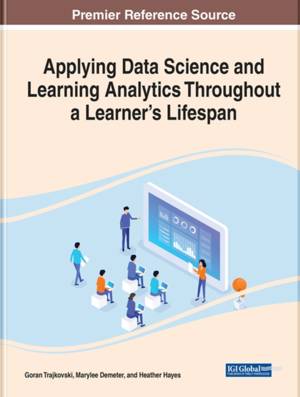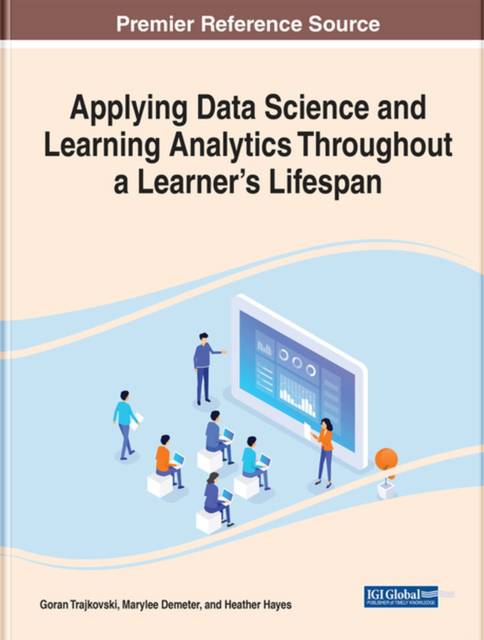
Je cadeautjes zeker op tijd in huis hebben voor de feestdagen? Kom langs in onze winkels en vind het perfecte geschenk!
- Afhalen na 1 uur in een winkel met voorraad
- Gratis thuislevering in België vanaf € 30
- Ruim aanbod met 7 miljoen producten
Je cadeautjes zeker op tijd in huis hebben voor de feestdagen? Kom langs in onze winkels en vind het perfecte geschenk!
- Afhalen na 1 uur in een winkel met voorraad
- Gratis thuislevering in België vanaf € 30
- Ruim aanbod met 7 miljoen producten
Zoeken
Applying Data Science and Learning Analytics Throughout a Learner's Lifespan
€ 325,45
+ 650 punten
Omschrijving
Research in the domains of learning analytics and educational data mining has prototyped an approach where methodologies from data science and machine learning are used to gain insights into the learning process by using large amounts of data. As many training and academic institutions are maturing in their data-driven decision making, useful, scalable, and interesting trends are emerging. Organizations can benefit from sharing information on those efforts. Applying Data Science and Learning Analytics Throughout a Learner's Lifespan examines novel and emerging applications of data science and sister disciplines for gaining insights from data to inform interventions into learners' journeys and interactions with academic institutions. Data is collected at various times and places throughout a learner's lifecycle, and the learners and the institution should benefit from the insights and knowledge gained from this data. Covering topics such as learning analytics dashboards, text network analysis, and employment recruitment, this book is an indispensable resource for educators, computer scientists, faculty of higher education, government officials, educational administration, students of higher education, pre-service teachers, business professionals, researchers, and academicians.
Specificaties
Betrokkenen
- Uitgeverij:
Inhoud
- Aantal bladzijden:
- 344
- Taal:
- Engels
- Reeks:
Eigenschappen
- Productcode (EAN):
- 9781799896449
- Verschijningsdatum:
- 6/05/2022
- Uitvoering:
- Hardcover
- Formaat:
- Genaaid
- Afmetingen:
- 216 mm x 279 mm
- Gewicht:
- 1084 g

Alleen bij Standaard Boekhandel
+ 650 punten op je klantenkaart van Standaard Boekhandel
Beoordelingen
We publiceren alleen reviews die voldoen aan de voorwaarden voor reviews. Bekijk onze voorwaarden voor reviews.








